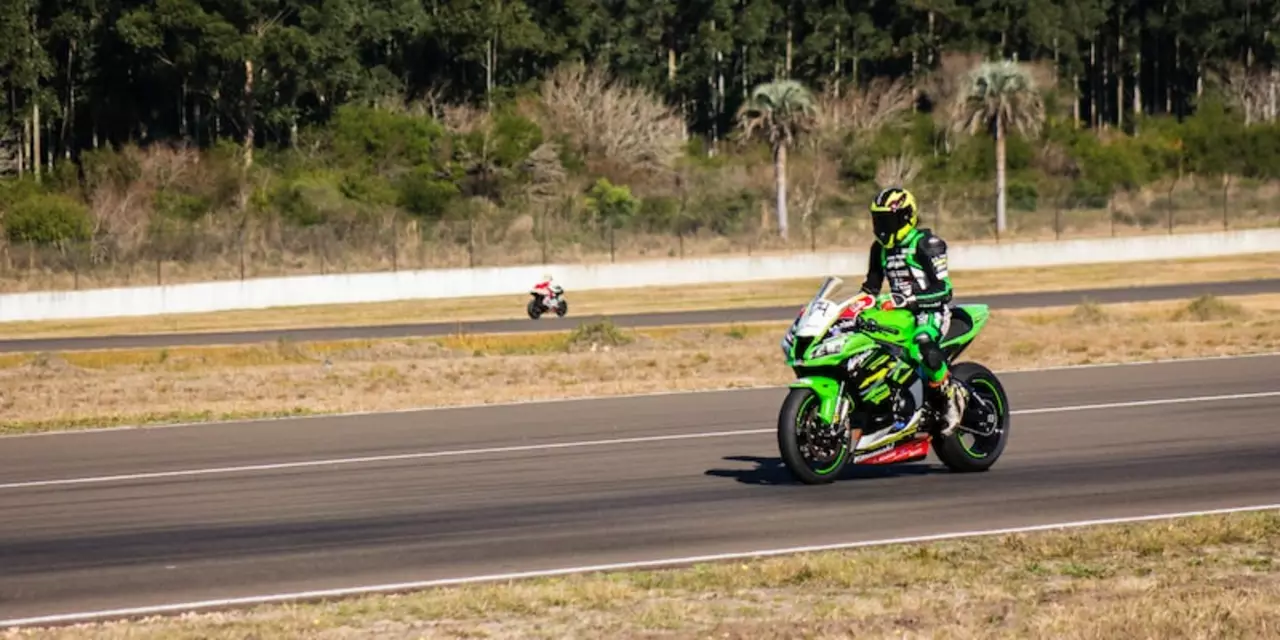Racers: What It Takes to Hit the Track and Win
If you’re dreaming about the roar of engines and the thrill of the finish line, you’re not alone. Every fan wonders how the people behind the helmets get there. Below you’ll find straight‑forward advice, real‑world examples, and a quick look at the biggest questions around racers.
How to Become a Racer
First off, you need a genuine love for bikes or cars. That passion pushes you through the long hours at the track. Start by joining a local racing school – they teach basic bike handling, cornering, and safety. After a few weeks, you’ll be ready for a racing license. The license is the ticket that lets you enter junior leagues, where you can test your skill against other newcomers.
From there, the ladder goes up: club races, national championships, then the big leagues like MotoGP. Each step demands faster lap times, tighter teamwork, and smarter strategy. Keep a log of your lap times, note where you lose speed, and work with a coach to fix those weak spots. Consistency beats raw speed for most beginners.
Money is a reality, but you don’t need a fortune right away. Look for local sponsors, community grants, or even crowdfunding. A small sponsor can cover entry fees and a basic bike, letting you focus on performance.
Racing Techniques & Team Building
One technique that separates good riders from great ones is slipstreaming. When you follow another bike closely, the air in front of you is smoother, so you can push a bit harder without using extra power. It’s like drafting behind a truck on the highway, but at 200 km/h. The key is timing – stay close enough to feel the pull, but not so close you hit the rider ahead.
Building a professional racing team is another huge piece of the puzzle. Start with a solid business plan: set clear goals, outline a budget, and list potential sponsors. Next, gather a crew – a lead mechanic, engineers, and a few reliable drivers. Every role matters; a good mechanic can shave seconds off a pit stop, while a savvy engineer can fine‑tune the bike’s suspension for each track.
Register your team with the relevant racing authority and make sure every driver has a current license. Keep communication open; weekly meetings to review performance data keep everyone on the same page and prevent small issues from growing into costly mistakes.
Fans also love the bigger picture – like wondering if big brands will return to top series. Take BMW, for example. The company left Formula One over a decade ago but keeps a strong presence in electric racing. While there’s no official word on a F1 comeback, the brand’s focus on electric tech hints at future involvement in hybrid categories.
On the other side of the globe, Formula One struggles to gain traction in places like India. Lack of a local driver, high hosting costs, and limited media coverage all play a role. Still, growing interest in regional series shows there’s room for the sport to expand if the right conditions appear.
Beyond the track, auto racing pushes technology forward. Safety features, fuel‑efficiency tricks, and aerodynamic advances often filter down to everyday cars. So when you cheer for your favorite racer, you’re also supporting innovations that improve daily driving.
Bottom line: becoming a racer isn’t magic; it’s a mix of passion, practice, smart financing, and teamwork. Whether you’re eyeing MotoGP slipstreams or dreaming of building a full‑blown racing team, the steps are clear. Get on the bike, get a license, find a coach, and keep grinding. The track is waiting.

Why are most of the racers in MotoGP Spanish and Italian?
Feb, 17 2023